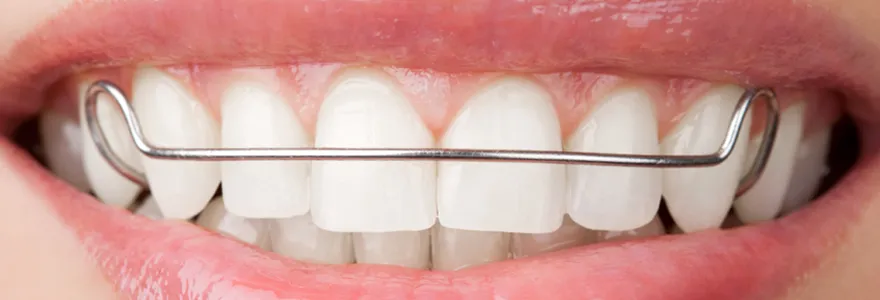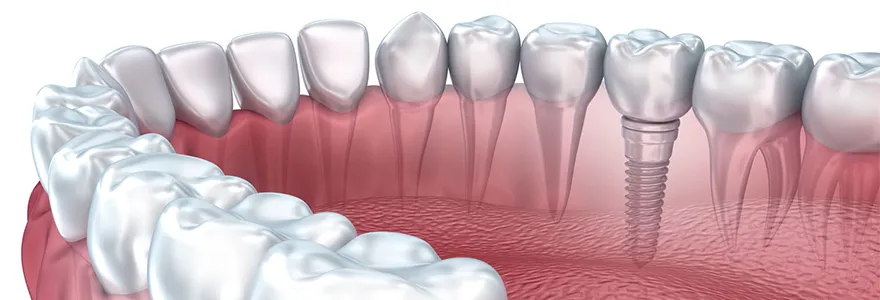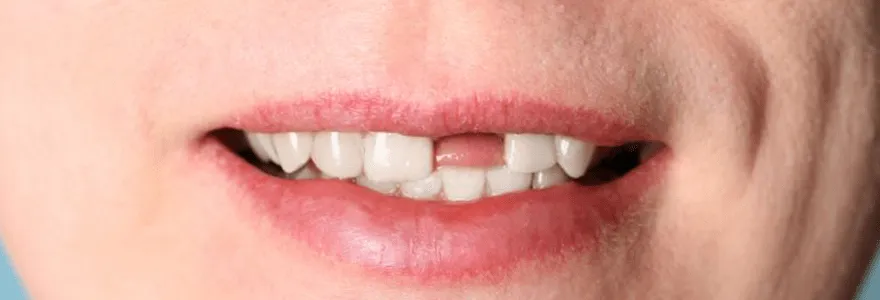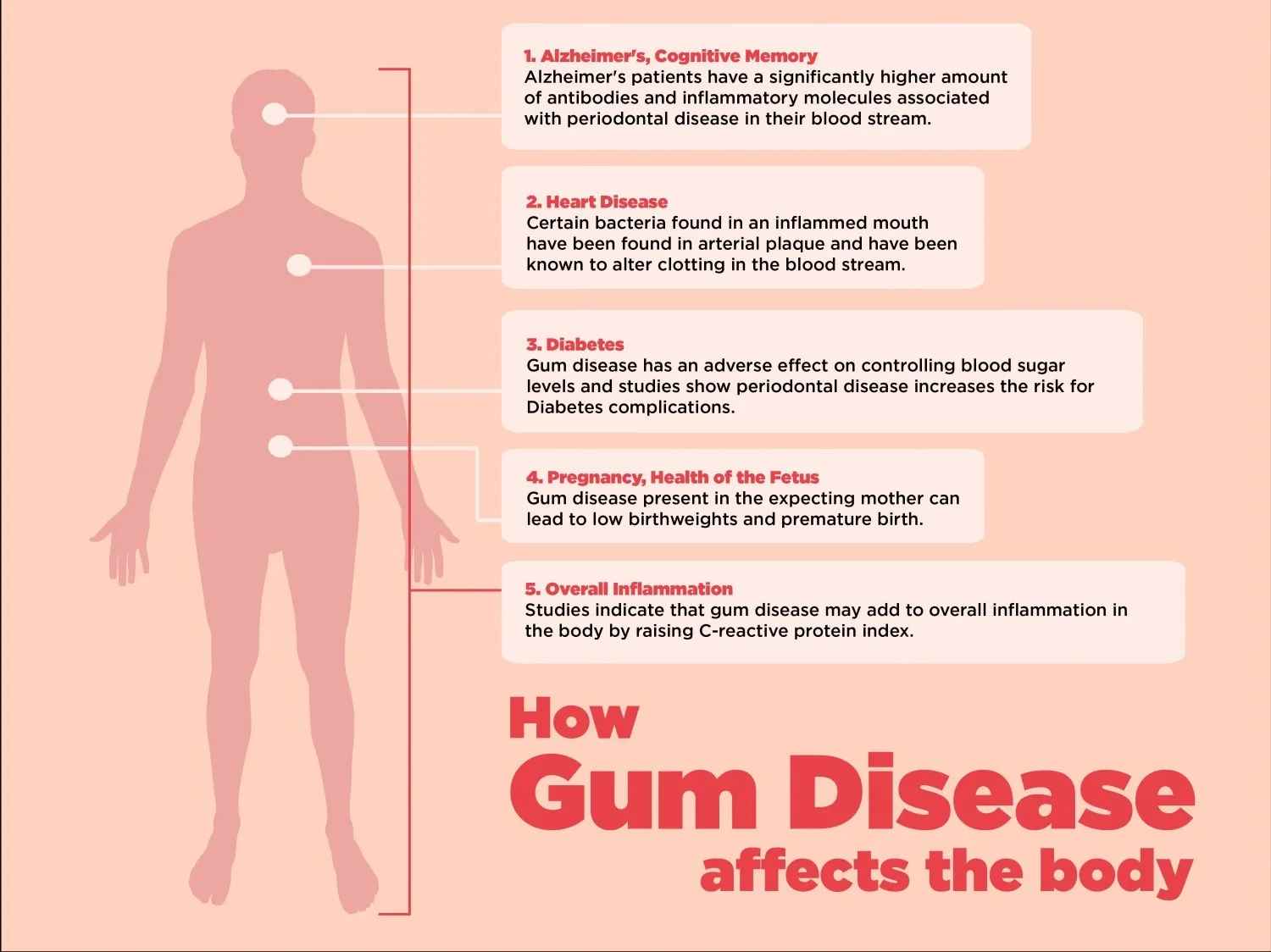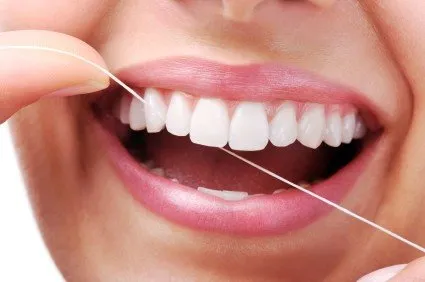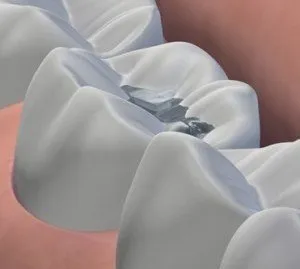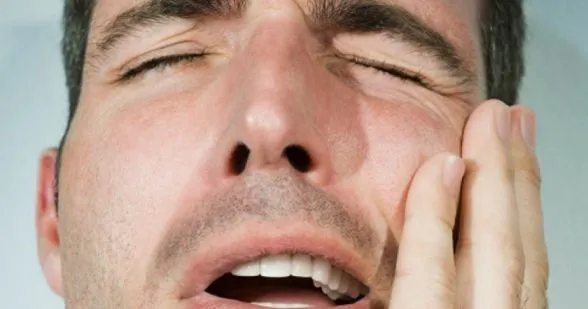Caring for Teeth with Braces and Retainers
Braces, wires, springs, rubber bands, and other appliances can attract food and plaque, which can stain teeth if not brushed away. Food can also react with the bacteria in your mouth and the metal in the braces to produce a bleaching effect, which can cause small, permanent light spots on the teeth. It is recommended brushing after every meal or snack with fluoride toothpaste and carefully removing any food that may have gotten stuck in your braces. You may also be prescribed or recommended a fluoride mouthwash, which can get into places in the mouth that a toothbrush can’t reach.Brush your teeth with specially designed brush for cleaning between braces.Foods to Avoid While Wearing BracesThere are certain foods that can break or loosen your braces and should be avoided, such as:Hard or tough-to-bite foods, such as apples or bagels Chewy foods, such as taffy or caramels Corn on the cob Hard pretzels, popcorn, nuts and carrots In addition to foods, do not chew ice or bubble gum.Caring for RetainersEvery time you brush your teeth, brush your retainer as well. Once a day or at least once a week, disinfect your retainer by soaking it in a denture cleanser.While playing sports, use mouth guard, designed to fit comfortably over your braces.Broken BracesBroken braces, loose bands or protruding wires can cause problems but rarely require emergency treatment. However, call your dentist or orthodontist to set up an office visit to fix the problem. If you suffer a more severe mouth or facial injury, seek immediate help.Other ProblemsBecause braces brush up against the inside surface of your mouth, you may be prone to developing sores. If a sore develops, your orthodontist or dentist may prescribe an ointment or a prescription or nonprescription pain-reliever solution to reduce the pain and irritation and help heal the sore.Ref: www.webmd.com

